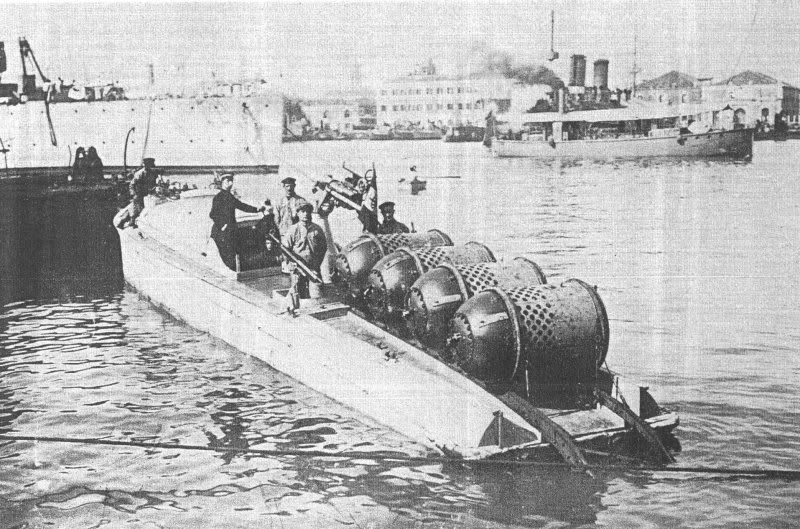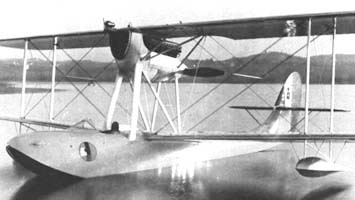I think the problem is that I want do it all at once, and that doesn't work so well

Right now, my tenative 1931 plans call for 4 factories to produce 2 type 0 slips and 1 type 0 drydock. I also want to start develop naval facilities at Paramaribo and Matadi, with at least 0 slips for local productions.
I should toy with just doing the 2 slips and discard or wait on the drydock.
...drydock.
So- any rules for floating drydocks?
Edit : Sidenote- the "6 for an extra director and provision for indirect bombardment" on the Gruno and Tijgerhaai comes from a Wikipedia note on the 1926 gunboat Flores - "their main asset was an advanced fire control system that made them very accurate in bombarding shore targets "- which I'm trying to establish storyline wise.
As for the Minelayer, Alikchi spurred me a bit and I tried several varients. I wanted to keep it small, but the mine loadouts were poor after the other necessary elements added.
The Minelayers are the greater concern, as the coastal minesweepers I'm building will at least serve defensively, and I have 20 of the old sweepers.
So- prototype
-----------------------------------------------------
ML-2, Netherlands Mijenlegger laid down 1930
Displacement:
1,692 t light; 1,748 t standard; 1,908 t normal; 2,035 t full load
Dimensions: Length overall / water x beam x draught
341.04 ft / 328.08 ft x 37.73 ft x 10.01 ft (normal load)
103.95 m / 100.00 m x 11.50 m x 3.05 m
Armament:
2 - 3.94" / 100 mm guns (1x2 guns), 30.51lbs / 13.84kg shells, 1926 Model
Dual purpose guns in a deck mount with hoist
on centreline forward
2 - 3.94" / 100 mm guns (1x2 guns), 30.51lbs / 13.84kg shells, 1928 Model
Dual purpose guns in a deck mount with hoist
on centreline amidships
4 - 1.57" / 40.0 mm guns in single mounts, 1.95lbs / 0.89kg shells, 1928 Model
Anti-aircraft guns in deck mounts
on side, all forward
4 - 0.52" / 13.2 mm guns in single mounts, 0.07lbs / 0.03kg shells, 1930 Model
Machine guns in deck mounts
on side, all forward, all raised mounts - superfiring
8 - 0.79" / 20.0 mm guns in single mounts, 0.24lbs / 0.11kg shells, 1930 Model
Anti-aircraft guns in deck mounts
on side, evenly spread
Weight of broadside 132 lbs / 60 kg
Shells per gun, main battery: 200
Armour:
- Gun armour: Face (max) Other gunhouse (avg) Barbette/hoist (max)
Main: 1.18" / 30 mm 0.79" / 20 mm 0.98" / 25 mm
2nd: 1.18" / 30 mm 0.79" / 20 mm 0.98" / 25 mm
3rd: 0.59" / 15 mm - -
4th: 0.31" / 8 mm - -
- Conning tower: 0.79" / 20 mm
Machinery:
Diesel Internal combustion motors,
Electric cruising motors plus geared drives, 2 shafts, 10,886 shp / 8,121 Kw = 24.00 kts
Range 8,500nm at 10.00 kts
Bunker at max displacement = 287 tons
Complement:
143 - 187
Cost:
£0.499 million / $1.995 million
Distribution of weights at normal displacement:
Armament: 17 tons, 0.9 %
Armour: 13 tons, 0.7 %
- Belts: 0 tons, 0.0 %
- Torpedo bulkhead: 0 tons, 0.0 %
- Armament: 11 tons, 0.6 %
- Armour Deck: 0 tons, 0.0 %
- Conning Tower: 3 tons, 0.1 %
Machinery: 330 tons, 17.3 %
Hull, fittings & equipment: 866 tons, 45.4 %
Fuel, ammunition & stores: 215 tons, 11.3 %
Miscellaneous weights: 467 tons, 24.5 %
Overall survivability and seakeeping ability:
Survivability (Non-critical penetrating hits needed to sink ship):
3,234 lbs / 1,467 Kg = 106.0 x 3.9 " / 100 mm shells or 0.9 torpedoes
Stability (Unstable if below 1.00): 1.01
Metacentric height 1.2 ft / 0.4 m
Roll period: 14.6 seconds
Steadiness - As gun platform (Average = 50 %): 76 %
- Recoil effect (Restricted arc if above 1.00): 0.22
Seaboat quality (Average = 1.00): 1.52
Hull form characteristics:
Hull has rise forward of midbreak
and transom stern
Block coefficient: 0.539
Length to Beam Ratio: 8.70 : 1
'Natural speed' for length: 20.81 kts
Power going to wave formation at top speed: 58 %
Trim (Max stability = 0, Max steadiness = 100): 50
Bow angle (Positive = bow angles forward): 18.00 degrees
Stern overhang: 6.56 ft / 2.00 m
Freeboard (% = measuring location as a percentage of overall length):
- Stem: 19.69 ft / 6.00 m
- Forecastle (20 %): 19.69 ft / 6.00 m
- Mid (50 %): 19.69 ft / 6.00 m (11.68 ft / 3.56 m aft of break)
- Quarterdeck (15 %): 11.68 ft / 3.56 m
- Stern: 11.68 ft / 3.56 m
- Average freeboard: 15.68 ft / 4.78 m
Ship tends to be wet forward
Ship space, strength and comments:
Space - Hull below water (magazines/engines, low = better): 90.2 %
- Above water (accommodation/working, high = better): 182.3 %
Waterplane Area: 8,899 Square feet or 827 Square metres
Displacement factor (Displacement / loading): 150 %
Structure weight / hull surface area: 57 lbs/sq ft or 279 Kg/sq metre
Hull strength (Relative):
- Cross-sectional: 0.95
- Longitudinal: 3.07
- Overall: 1.06
Hull space for machinery, storage, compartmentation is adequate
Room for accommodation and workspaces is excellent
Ship has slow, easy roll, a good, steady gun platform
Excellent seaboat, comfortable, can fire her guns in the heaviest weather
Trying to provide for a high-speed self-escorting minelayer.
I'm envisioning
The gun layout is one twin 100mm mount forward of the superstructure, then a funnel with the second twin 100mm mount just aft of the funnel, just above the step in the hull. This should give a decent arc of fire. The rear half of the ship is given over to the mine deck.
Of the miscellaneous weight, 67 is for the electric motors (for silent night ops), 50 for true miscellaneous (sounding gear, magnetic detectors, night vision gear, etc), and 350 for mines.








Quoted
Originally posted by The Rock Doctor
